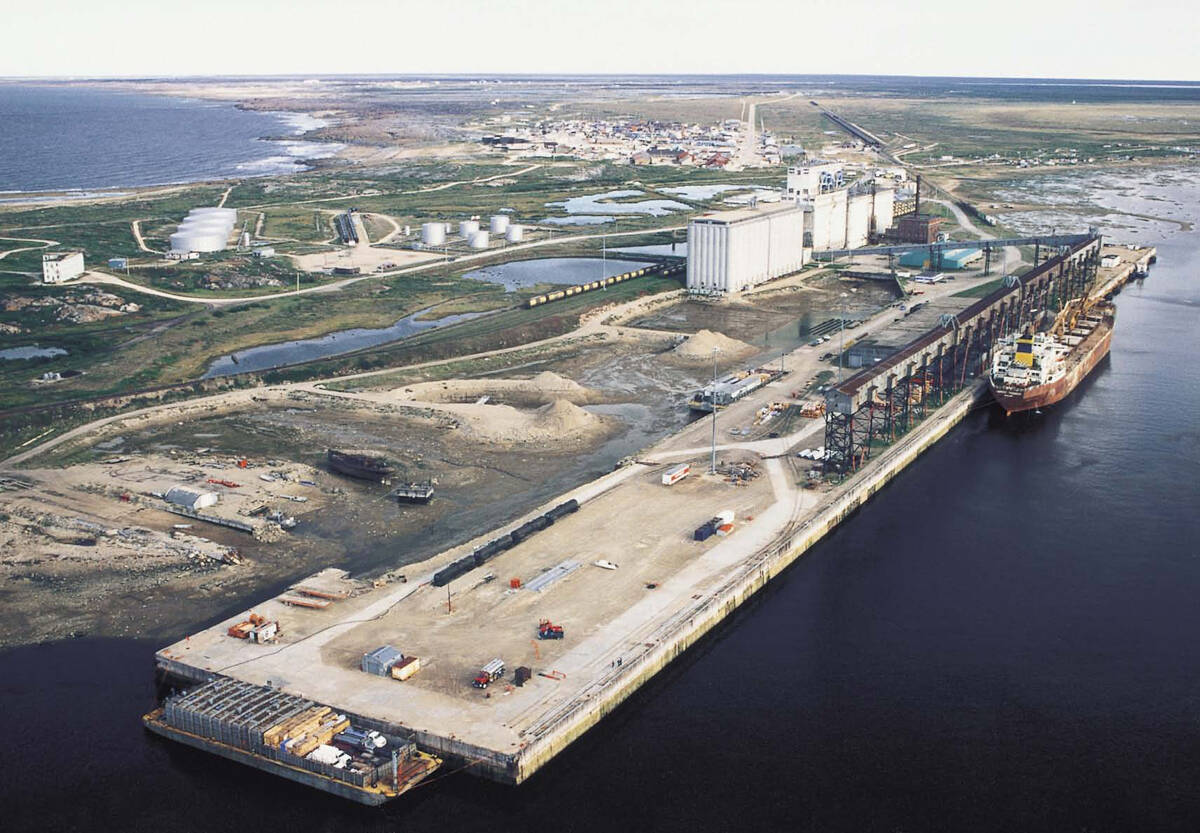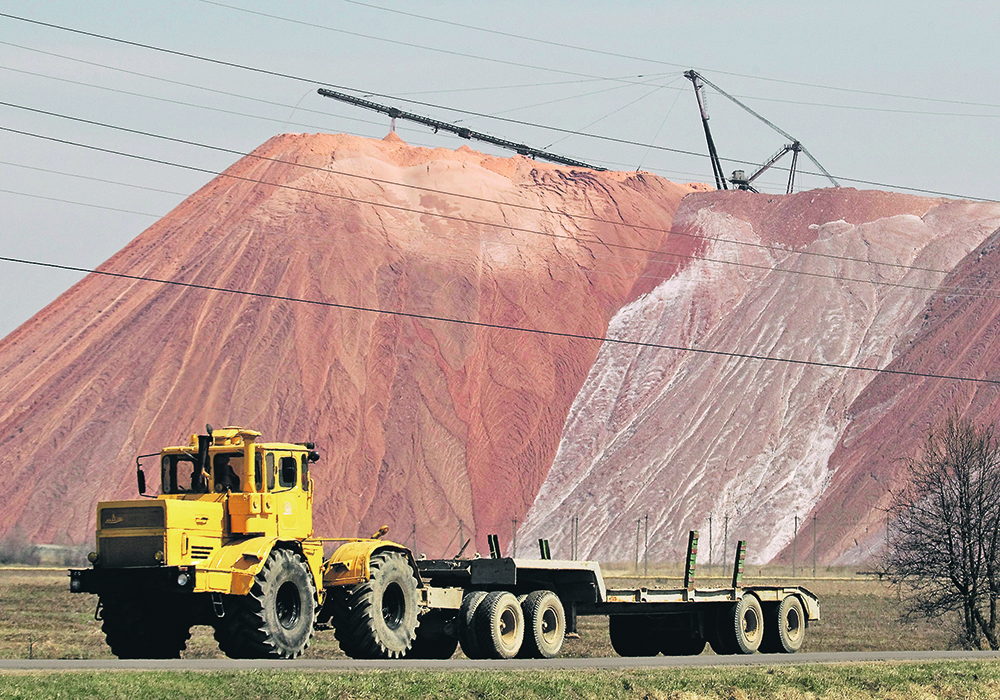If farmers think their fertilizer supplies and prices are going to be based on local dealer supplies and nearby fertilizer production, they’re missing the real picture.
It’s more important to understand what’s going on in Lithuania, Belarus, China and Russia, StoneX fertilizer market analyst Josh Linville told farmers at Ag in Motion.
“I don’t care if you’re a farmer here. I don’t care if you’re a farmer down around Kansas City. I don’t care if you’re a farmer in Australia. We are all part of a global market,” Linville said.
Read Also

Defence investments could benefit agriculture
A bump in Canada’s NATO spending commitments could lead to infrastructure investments that would benefit rural areas
Today’s geopolitical conflicts and domestic policies in a number of major fertilizer exporters are complicating the always semi-opaque fertilizer markets and making price predictions difficult.
“How are you supposed to forecast with this many events going on in such a short time?” Linville asked the crowd.
“I don’t know what’s going to happen.”
Fertilizer prices are not primarily set on local conditions, with local meaning the country or continent on which they are being produced. They are globally traded commodities that quickly shift their flows to wherever the highest prices are found. That’s why some fertilizer supplies have recently been moving out of North America despite historically high prices here. Prices are higher overseas.
“We are part of a world market. Just because we are weak here does not mean the entire world is weak,” said Linville about the recent flow of urea offshore.
“Hundreds of thousands of tonnes are leaving the Gulf (of Mexico) because we are so cheap.”
To understand what’s going on in the world market today, farmers need to understand crucial situations unsettling fertilizer markets today. Those include conflicts in Ukraine, Russia, Belarus and Lithuania, natural gas supplies in Western Europe, export restrictions in China, and U.S. trade actions against major fertilizer exporters.
These situations affect all the major fertilizers.
UREA
Prices might seem “stupidly high” in North America, but the price of urea in many parts of the globe is worse due to the impact of the Russian invasion of Ukraine. Production in Europe is being hit hard by the skyrocketing price of Russian natural gas, a commodity that might be cut off at any time either by Russia or from western governments rationing supplies.
If that happens, “you’d better believe prices are going to go through the roof,” said Linville.
China has restricted exports of its urea, removing another five to six million tonnes from the world market, exacerbating the situation.
UAN
Prices in North America spiked after a U.S. trade action stopped imports of Russian and Trinidadian UAN, but that action was recently reversed, leading to the possibility of new imports soon. But Russia is the source of half the world’s exports, and that supply is in question, making it hard to predict what will happen.
If Russia blocks natural gas supplies to Europe or something else stops production there, “we’re in trouble.”
PHOSPHATE
World prices have been trending higher for a couple years, but China’s export shutdown exacerbated the situation.
“The world lost its largest supplier of phosphate,” said Linville.
China’s decisions on export restrictions will have the greatest impact on world prices.
U.S. trade action against Morocco and Russia has raised prices and disrupted the North American situation, yet North America has the cheapest prices on the planet, so not much offshore supply is likely to move here.
POTASH
Belarus, one of the world’s major exporters, faces being cut off from world markets. Belarus has helped Russia invade Ukraine, casting doubts on exports that normally flow through Ukraine as the war rages and the Black Sea remains mostly cut off.
Lithuania, a stalwart ally of Ukraine, has cut off Belarusian exports through the Baltic. That leaves millions of tonnes stranded and boosts world prices.
“As long as they shut off that corridor, prices are going to stay high,” said Linville.
Conversely, if Lithuania’s corridor reopens to Belarusian supplies, prices could take a hit.
Meanwhile, Russian potash supplies have managed to get out onto world markets, despite import restrictions imposed by many western nations, especially the United States. Russia has found markets for potash and is managing to get its supplies to those buyers.
UNPREDICTABILITY
With all these geopolitical uncertainties, one thing that is predictable is unpredictability.
“We’ve just gone through two years of some of the worst volatility that we’ve ever seen in our lifetimes,” said Linville.
“Get used to it.”
















